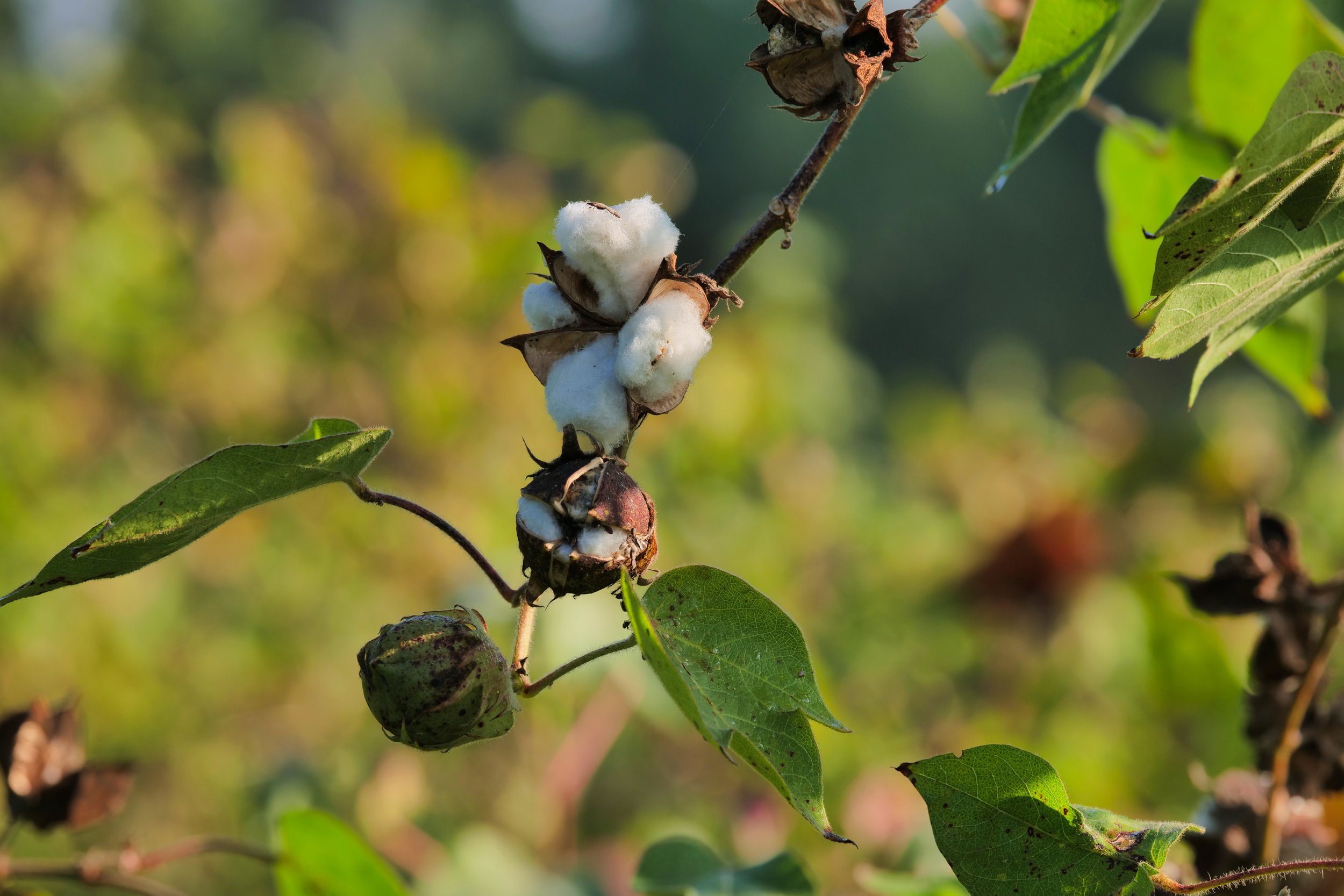Brand credibility will only come by going where few have gone before: Traceability beyond Tier 2
More brands than ever before are able to confidently name their suppliers. They have worked hard to map their products and services to at least the first tier in their supply chains.
As the CDP’s Global Supply Chain Report 2019 shows, supplier engagement has risen exponentially in recent years. Ten years ago, just 19 companies were using the platform to ask suppliers to disclose, measure and act on their environmental impact. Today, 115 companies are doing the same, effectively engaging more than 11,500 suppliers on issues such as climate change, deforestation and water risks.
But creating traceability in a way that will truly create a sustainable supply of any commodity demands going further.
Today’s consumers want to know exactly where the raw materials that go into their products come from. In cotton, for example, it is not just about the exporter. Understanding and tracing products back to the fabric supplier (Tier 2), yarn supplier (3), ginner (4) and farmer (5) is crucially important in building credible traceability.
Through our REEL and organic programmes, working with hundreds of thousands of cotton farmers, we’ve even gone further than that to establish the origin of the seeds bought by the farmers.
Of course, data collection is important. And we’ve been piloting a number of initiatives that use new technologies, such as mobile platforms, to invite responses from suppliers on a range of social and environmental issues. By moving away from a ‘pen and paper’ approach to help farmers and ginners use the technology, we are able to create better quality sample sizes of verifiable supplier data.
It is also important to process the data and present it in a way that is useful to brands, and their customers.
Supply chains are often complex and long. But going deeper down, beyond the second and third tier of suppliers helps to shorten the chain, providing more information for consumers and satisfying the need for brands to tell great stories.
A group of leading companies is already taking proactive steps to take traceability seriously, including our partners at Primark, Carrefour, Volcom, Superdry, C&A and Whitbread. The others are sitting on the bench, waiting to see what the leaders do next.
But it is time for those other brands to get off the bench.
Improving traceability just makes good business sense. Yes, it helps to tell a great story to more interested consumers in a way that is more credible. But creating stronger and more direct relationships within the supply chain creates a more secure system for all involved, including the brands, ginners, manufacturers, and farmers.
Primark has invested in its cotton traceability with us for the last few years as part of its long-term commitment to sustainability. It has been a great success, with the retailer selling more than 11.2 million pyjamas made with sustainable cotton since launch. These have been traced right back to source.
And through our REEL cotton programme, our retail partners are able to pay the same price as for conventional cotton.
By boosting traceability right back to the farms where cotton comes from – and understanding the exact origins of their cotton – brands can secure their business for the long term. Improving relationships throughout the supply chain can help to boost the livelihoods of farmers, ginners, spinners, and manufacturers.
Traceability is about presenting the facts and demystifying the process. Going beyond the first and second tier to engage with those further down the chain is fundamental to this. It can throw up a range of challenges that can then be ironed out. But it can also present a host of opportunities to improve process, efficiency, and quality while achieving sustainable sourcing for the long term.
This series continues next by exploring what transparency looks like for the farmer communities at the heart of the products we know and love, and we will also hear from some of the brands that are taking supply chain transparency to another level – and reaping the benefits.
For more information about the Sustainable Apparel and Textiles Conference, 9th – 10th April 2019, Amsterdam please visit the Innovation Forum’s website using the link.
Written by Arvind Rewal, Regional Direct South Asia, CottonConnect































